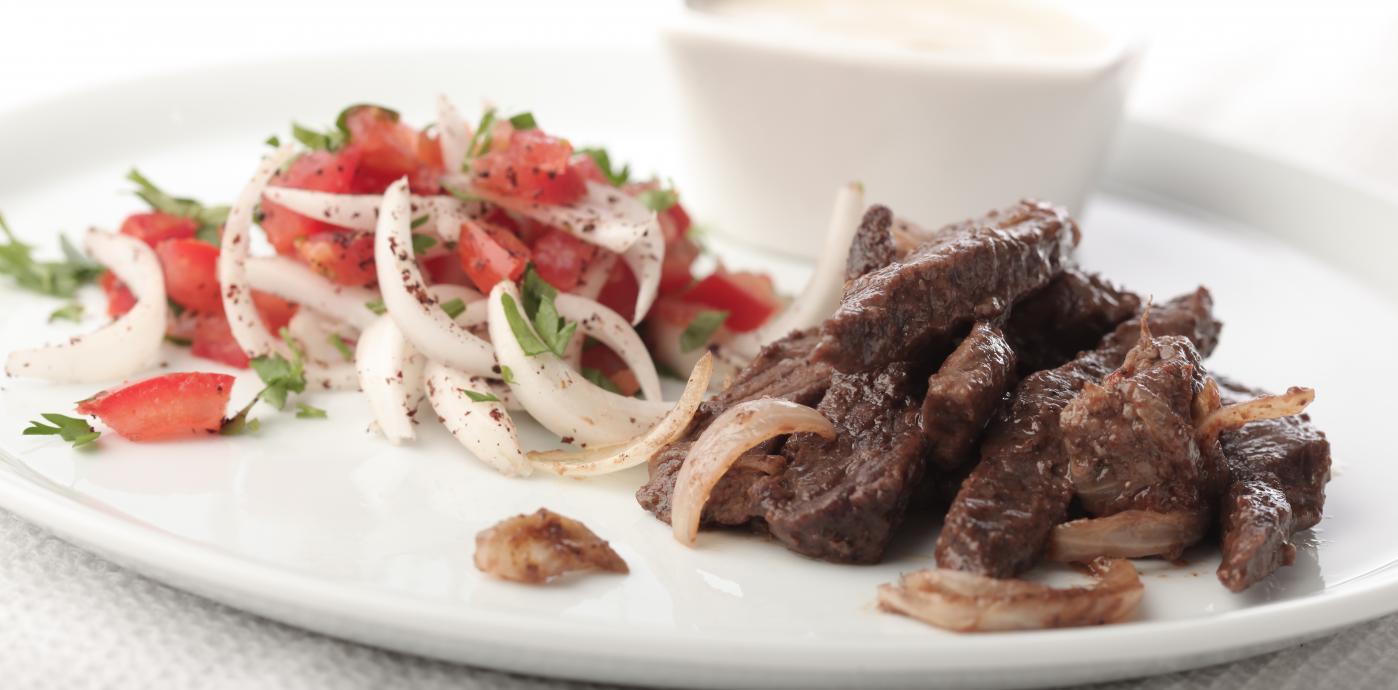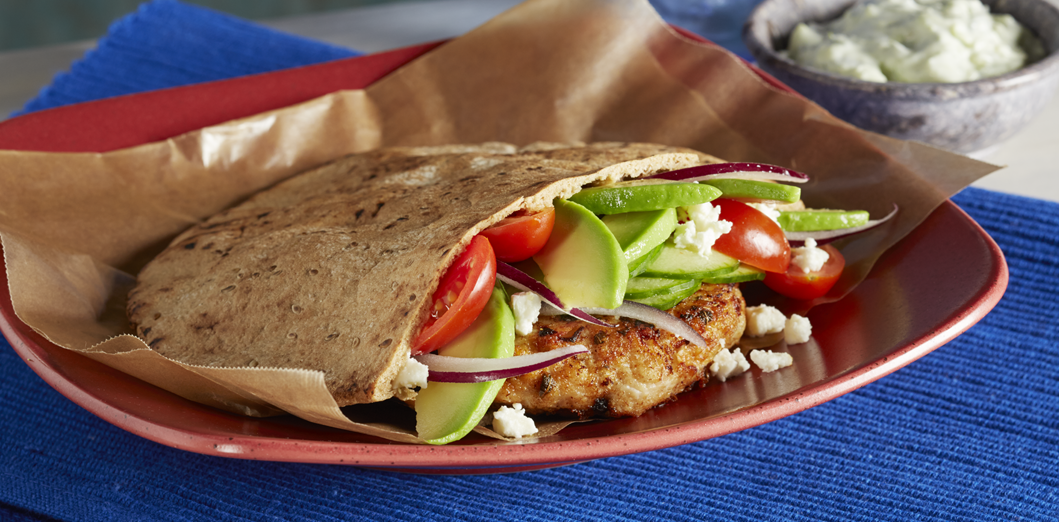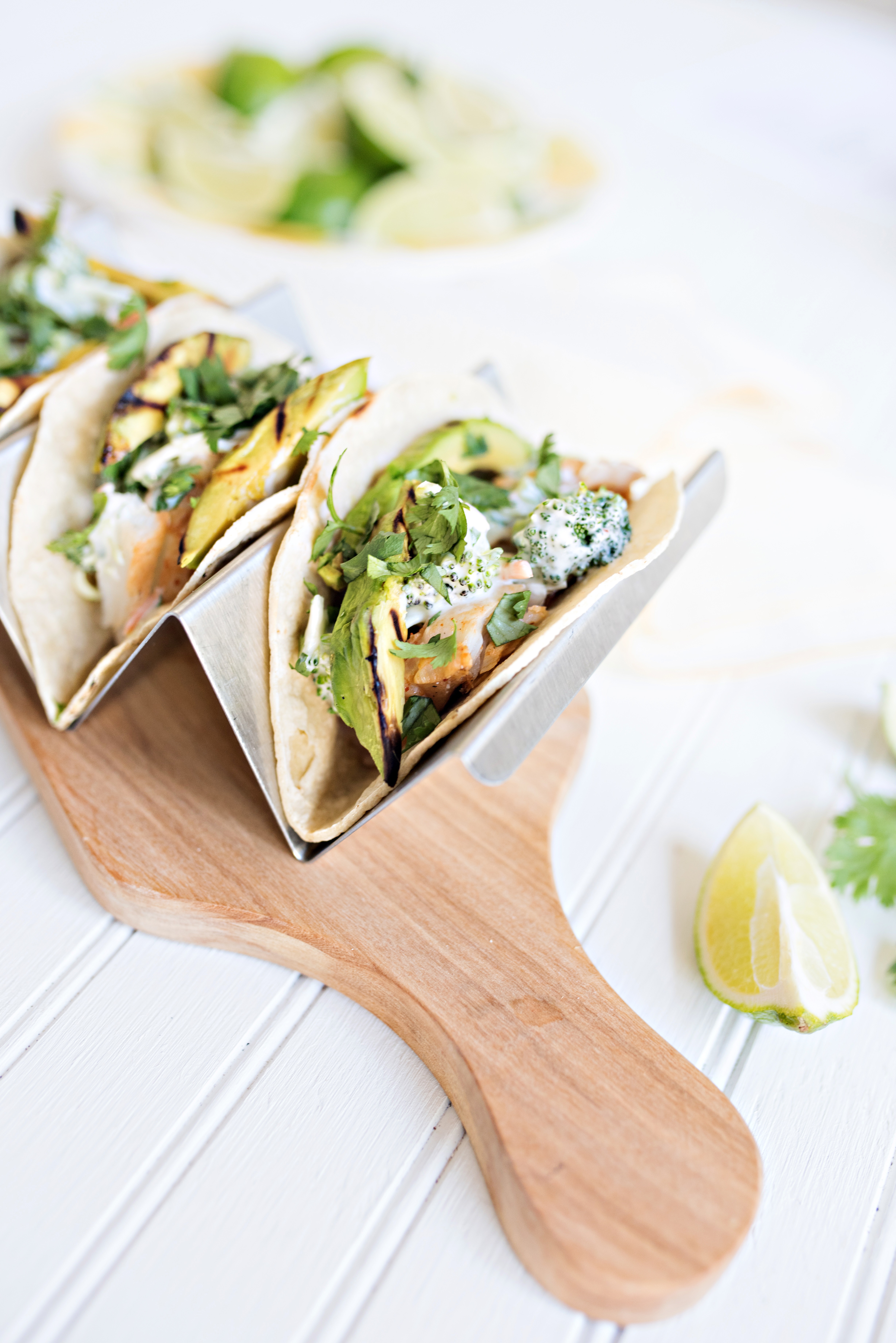Cooking with fire dates back to our Paleolithic ancestors. In fact, cooking over an open game is thought to be a pivotal step in human evolution. The theory being that as our ancestors discovered the connection between fire and cooking and used these techniques to extract more energy from food with less effort, this resulted in rapid growth in the size of the human brain.
Throughout the world, grilled food is universally beloved, from the fanciest of restaurants to the street corner restaurant. Most cultures have some form of grilled food, including grilled food on a stick.
In Turkey, shish kebab, cubes of marinated meat, threaded, skewered and grilled over an open game, is a customary staple. i (sheesh) is the Turkish word for sword or skewer and kebab refers to roast meat; hence, the method of spearing meaton a skewe and cooking it over an open fire. Its popularity in Turkey dates back to the nomadic Turkish tribes. Shish kebab can be made from just about any type of cubed meat or poultry. Lamb or mutton is most traditional, marinated and grilled over a fire suspended by a skewer holder so that the meat never touches the grilling grate. Typically, the meat is first marinated, with anything from a simple combination of olive oil and lemon juice to milk, yogurt and spices, which not only adds flavor, but helps to tenderize the meat. Adding vegetables tomatoes, onion wedges, green bell pepper, and eggplant to separate the meat on the skewers is thought to be a modern addition, invented by Turkish restaurateurs to make the skewers look more attractive to customers.
When meat is ground and seasoned with herbs and spices, and then grilled, it’s referred to as köfte (or kefta, kofta, or kafta, depending on the Middle Eastern/Mediterranean country). Köfte is thought to have originated with the Persians, who passed it to the Arabs, who in turn spread it along trade routes to Greece, North Africa, and Spain. Some köfte are made with bulgur, rice, or breadcrumbs; others are meat only, mostly lamb, but sometimes a combination of beef and lamb. You’ll commonly find them served with flatbread, onions, and yogurt, with a sprinkling of tart and lemony sumac.
In Greece, you’ll find skewered, grilled meat referred to as souvlaki; in Italy, as spendini; and in Spain (via the Moors), as pinchitos or pinchos morunos. Each preparation has a unique combination of spices and seasonings that distinguishes it from the others. Shish taouk, popular in Lebanon, Turkey, and Syria, consists of cubes of chicken, which has been marinated in yogurt, lemon juice, and spices, before being skewered and grilled.
Beyond grilled meats, especially in and around Mediterranean coastal towns, you’ll encounter grilled fish and seafood of all shapes and sizes. Your best bet is to seek out restaurants where the locals eat, avoiding the touristy parts of town. Rather, follow the enticing aroma and wafts of smoke and that’s where you’ll find the freshest seafood whole grilled fish (from sardines to branzino to mullet), grilled octopus, squid, shrimp, and prawns. As for preparing grilled fish and seafood at home, simplicity is often best, nothing more than a sprinkling of sea salt and, perhaps, a drizzle of extra virgin olive oil.
In addition to meat, poultry, and seafood, grilling lends itself well to many types of vegetables and even fruit (e.g., grilled peaches, watermelon). In Spain’s Catalan region, locals go so far as to hold a gastronomical fiesta (known as the calçotada) between the end of winter and March or April to honor the calçot, a cross between a green onion and a leek. The calçots are grilled over a hot fire fueled by grapevine clippings, which impart a unique flavor. Once the calçots are nicely charred on the outside, they are wrapped in newspaper and placed in a box to steam a while. Thereafter, they are dipped in salvitxada (salsa de calçots) or romesco sauce (a sauce made of nuts, usually almonds, and red pepper), and happily consumed with local red wine, traditionally drunk from a porron (a small glass pitcher).
Want biweekly Med Diet information and recipes in your Inbox Sign up for our Fresh Fridays newsletter by clicking the Subscribe button at the bottom of this page!









Leave a comment